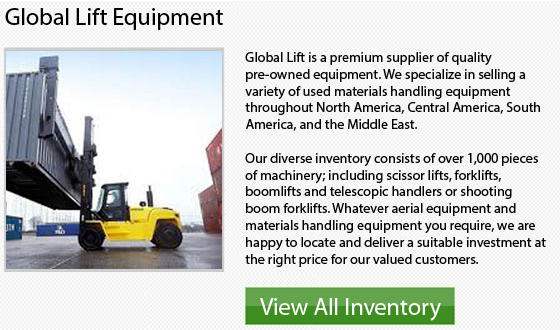
The famous Gradall excavator traces its roots back to the beginning of the 1940s. During this time, World War II had created a shortage of laborers because the majority of the young men went away to war. This decline in the work force brought a huge demand for the delicate work of finishing and grading highway projects.
Ferwerda-Werba-Ferwerda was a Cleveland, Ohio based construction business that experienced this specific dilemma first hand. Koop and Ray Ferwerda were brothers who had moved from the Netherlands. They were partners in the company which had become amongst the major highway contractors within the state of Ohio. The Ferwerdas' set out to build an equipment which will save both their company and their livelihoods by making a unit which will perform what had before been physical slope work. This invention was to offset the gap left in the workplace when lots of men had joined the military.
The initial apparatus these brothers invented had 2 beams set on a rotating platform and was attached directly onto the top of a truck. They used a telescopic cylinder to move the beams out and in. This allowed the attached blade at the end of the beams to push or pull dirt.
After a short time, the Ferwerda brothers improved on their initial design. They made a triangular boom to create more strength. After that, they added a tilt cylinder that allowed the boom to turn forty-five degrees in either direction. This new model could be outfitted with either a bucket or a blade and the attachment movement was made possible by placing a cylinder at the back of the boom. This design powered a long push rod and allowed much work to be done.
Numerous digging buckets were introduced to the market not long later. These buckets in sizes ranging from 15 inch, 24 inch, 36 inch and 60 inch buckets. There was additionally a 47 inch heavy-duty pavement removal bucket which was offered as well.